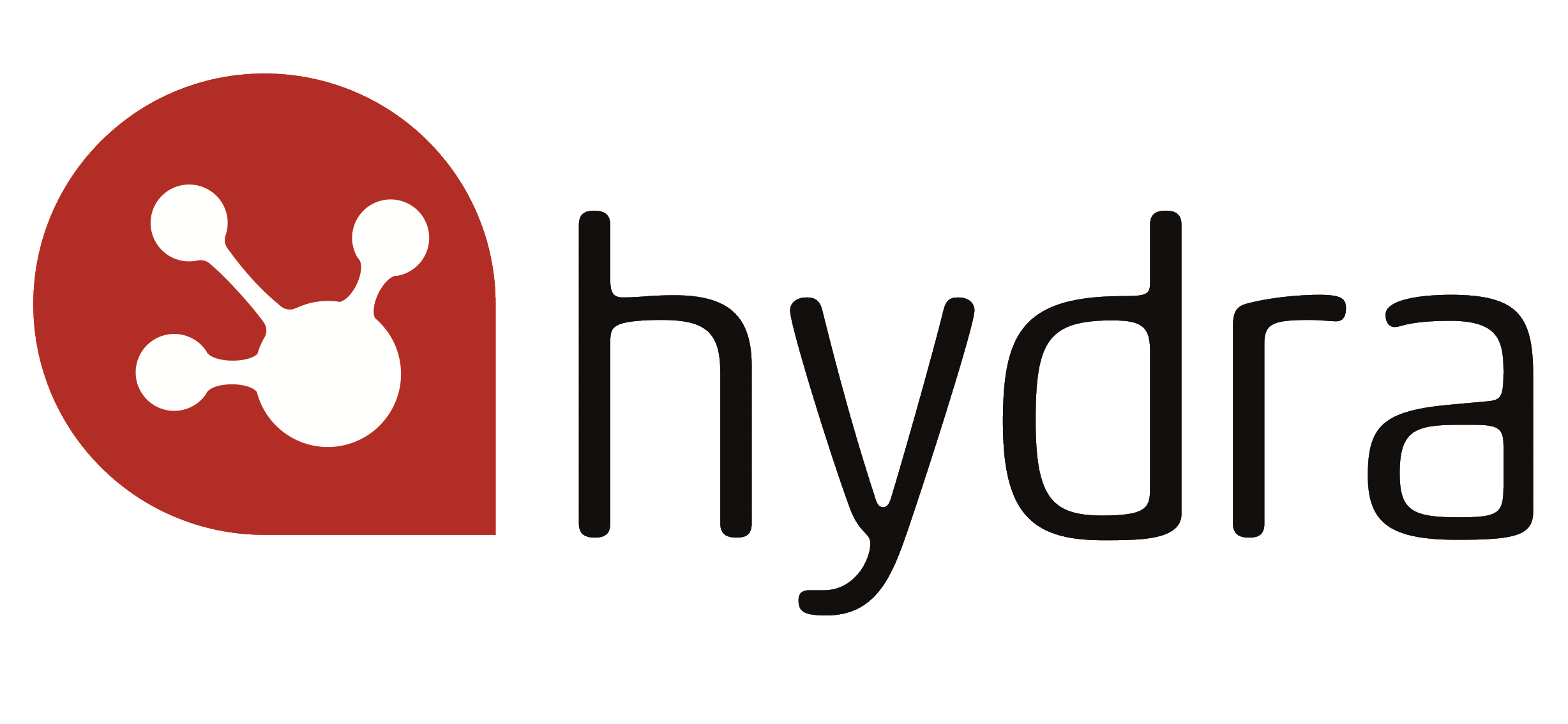The nature of project delivery is changing. Do you use Waterfall or Agile? Why not use both in one project?
When a company is discussing the implementation of an IT project, generally the first decision they face is “which development methodology’ should we use?”
The two most popular methodologies are:

Hydra supports Waterfall projects with elegant Gantt charts

See at a glance the exact status of your sprints
Let’s briefly look at the pros and cons of each methodology:
Waterfall
Pros
- Gives a high-level scope of the entire project and expected timelines;
- Can be planned in advance, giving everyone time to plan for when their input is needed or when they need to be available for tasks;
- Potential issues found during development can be rectified during the design phase;
- Greater emphasis on documentation such as requirements & design documents, giving organisations greater reassurance;
- Because the Waterfall process is a linear one it is perhaps easier to understand. Teams often feel more comfortable with this approach.
Cons
- Changes to requirements during implementation can’t easily be incorporated;
- When the planning process takes too long the requirements can be out of date by the time the plan is being implemented, making leadership feel that the project is not meeting deadlines;
- Lack of momentum and urgency with the project delivery process;
- Lack of interaction between customer and solution provider during the project delivery phase.
Agile
Pros
- Much greater interaction between solution provider and customer;
- Changing requirements can be easily embraced;
- Timescales and resourcing needs can be adjusted prior to each sprint, meaning the project is more likely to be delivered within the required timeframe;
- Any issues can be highlighted prior to each sprint, which reduces the risks associated with software development.
Cons
- Any changes in requirements prior to each sprint means that the project may not turn out exactly as the client envisaged it;
- Developer-centric rather than user-centric;
- Focuses on processes for getting requirements & developing code and does not focus on product design;
- Leadership may find it hard to plan for what they will receive and when they need to engage;
- Difficult to provide effective progress reports and planned activity reports that provide effective reassurance to leadership on where the project is;
- Can be inefficient in large organizations and certain types of projects.
Waterfall or Agile?
A Waterfall methodology is appropriate where requirements are guaranteed to be unchanging and there is very little uncertainty, or if the project is very simple. Aspects of IT project management such as software integrations, that follow a step by step process to achieve the goal, are suited to Waterfall.
A traditional Waterfall project assumes that you have everything you need and a good understanding of what the customer wants. But in reality, this is often not the case. Many projects are generally ‘voyages of discovery’, starting with a general need or problem to solve. The problem is then broken down into requirements that need to be met by implementing, for example, a software solution. The project plan is not ‘set in stone’, priorities may change and there may be many iterations along the way. These types of projects are more suited to Agile methodology.
Agile methodology, an iterative way of working, requires a much higher interaction between parties. Agile, by the very nature of its ‘sprints’, needs a greater level of interaction between the customer and solution provider.

Agile promotes a much greater customer interaction
According to the Project Management Institute, more than 70% of organizations have incorporated an Agile approach, and Agile projects are 28% more successful than traditional projects.
Agile is a much more effective method of aligning priorities and customers can see results faster, thus increasing the level of customer satisfaction. The iterative way of working in Agile promotes a much greater customer involvement meaning that changing priorities are managed more effectively, and the risks significantly reduced.
In the 13th Annual State of Agile™ report the top 3 reasons people choose Agile are to accelerate software delivery (74%), enhance ability to manage changing priorities (62%), and increase productivity (51%).

The rise of hybrid
It’s clear that customer requirements for project delivery are changing and it follows, therefore, that the project delivery methodology adopted will change too. How are organisations embracing and adapting to this shift and what solutions are available to help them meet and exceed their customer's expectations?
According to PMI Pulse of the Profession® 2017, which details insights from 3,234 project management professionals, it is estimated that '20% of the projects completed in the past 12 months used a Hybrid approach'.

Juan Manrique, CEO Hydra comments "As CEO of a project and resource management solution provider with over 50,000 users worldwide, I spend a great deal of time listening to my customers; how they are working, their challenges and pain-points, as well as the shifts in the market place, particularly the changing nature of project delivery.
What we are seeing is an increasing shift towards projects that combine delivery of structured components suited to Waterfall with looser requirements that evolve and develop over time, requiring an iterative approach and much higher interaction between the customer and the solution provider. Hydra Cloud users are finding that they need to adjust their delivery approach and are having to apply a combination of both Waterfall and Agile methodologies with the same customer and often within the same project.
To help project and resource managers meet this challenge and answer the call for one system to manage a project regardless of the methodology applied, Hydra is introducing functionality to enable its users to work on projects using both Waterfall and Agile methodologies.

'A framework that combines delivery of structured components (Waterfall) with looser requirements that evolve over time (Agile)'
What does this mean for the user?
With Hydra's hybrid functionality users can manage one project, in one place, using either a Waterfall or Agile methodology.

Hydra gives an easy to understand view of a project, no matter the methodology
Consistency
- Identical functionality regardless of the methodology used;
- Project updates are applied consistently across the projects regardless of which methodology is being used.
Visibility
- Transparency of consolidated time sheeting & time recording across the project;
- Combined financials;
- One consistent project report regardless of the methodology used.
Speed
- Faster set up – no swapping between systems;
- Faster updating – make project updates in one place;
- Faster reporting – quickly consolidates all your data from both methodologies.
Not to mention the cost reduction in only having to subscribe to one project management solution and the reduction in time needed managing the same project across two systems.
Juan continues "We believe that this exciting new development offers users the opportunity to run their projects using a true hybrid project and resource management solution combining both Waterfall and Agile methodologies in one single source of truth".
What next?
Are you ready to start your journey to hybrid project management? Get in touch with us today to see Hydra's hybrid functionality can you help you meet the challenges of delivering your projects in a constantly changing landscape.


